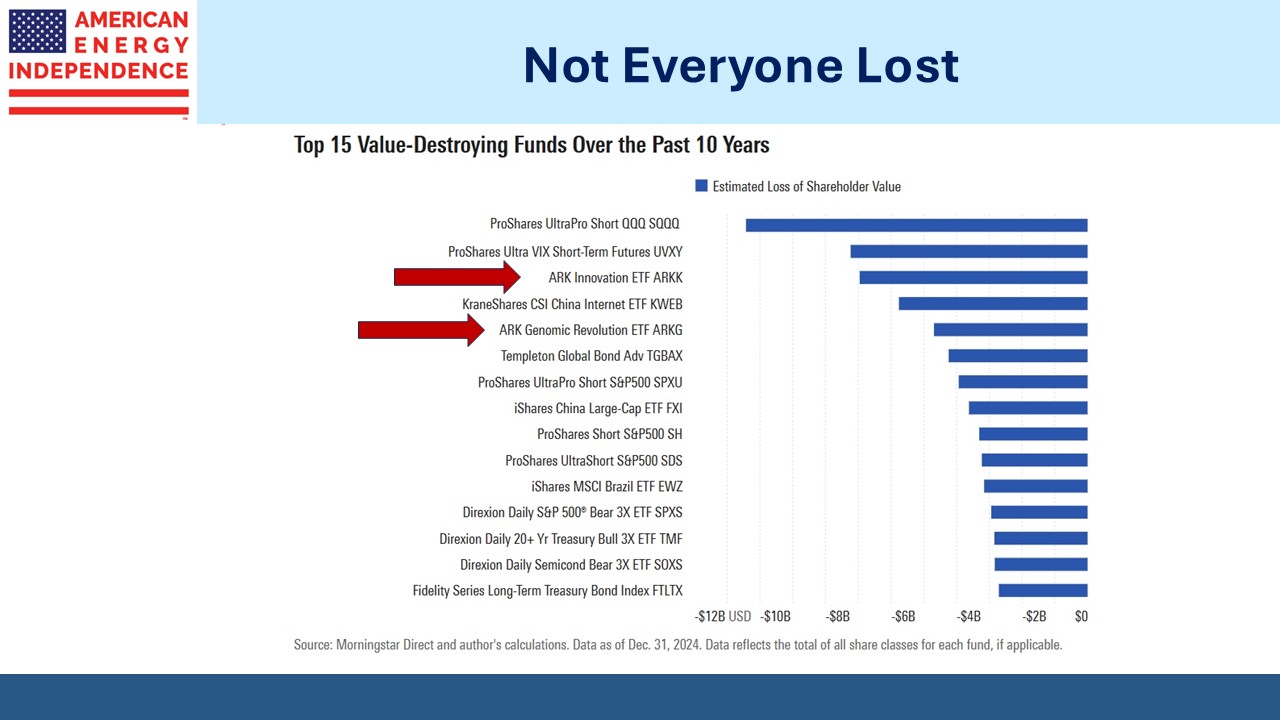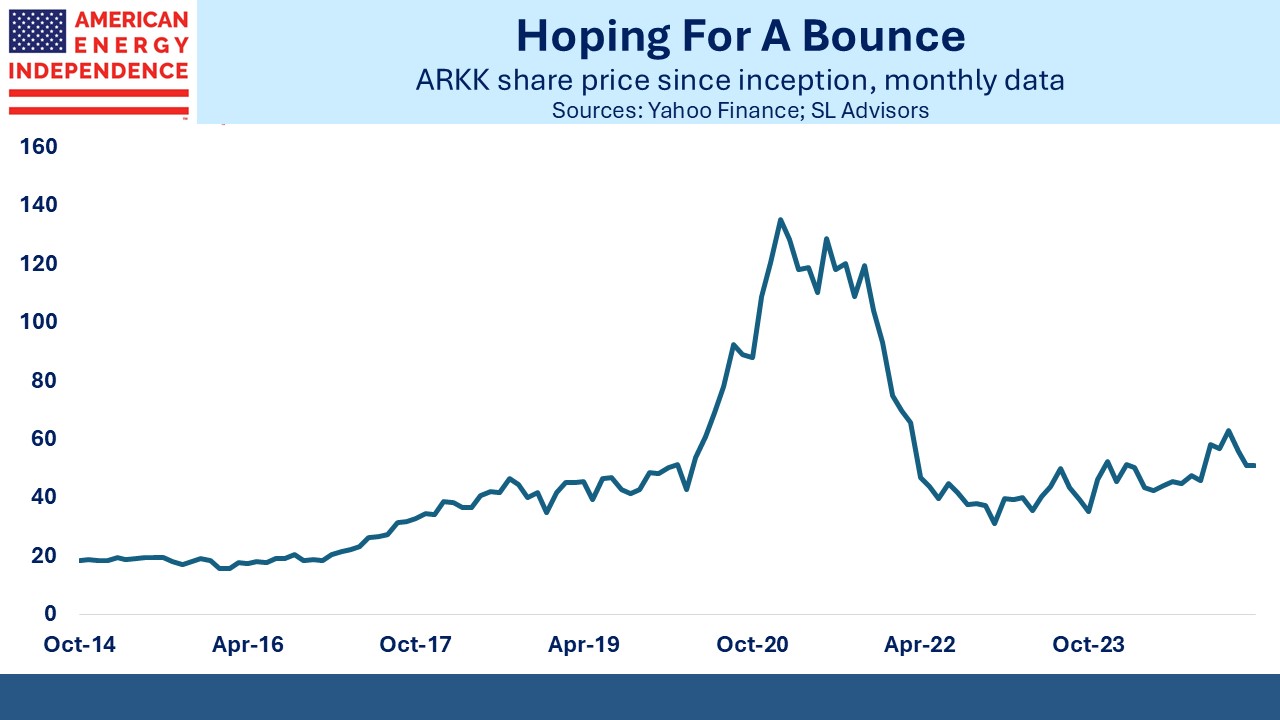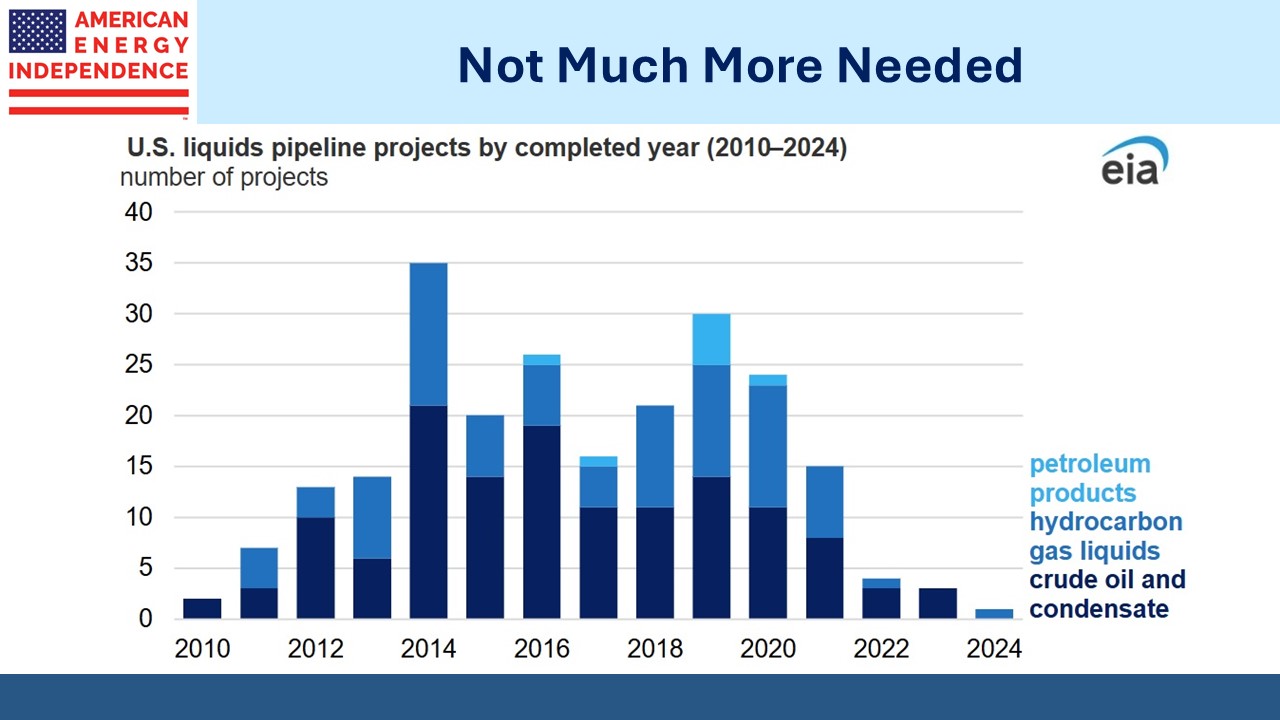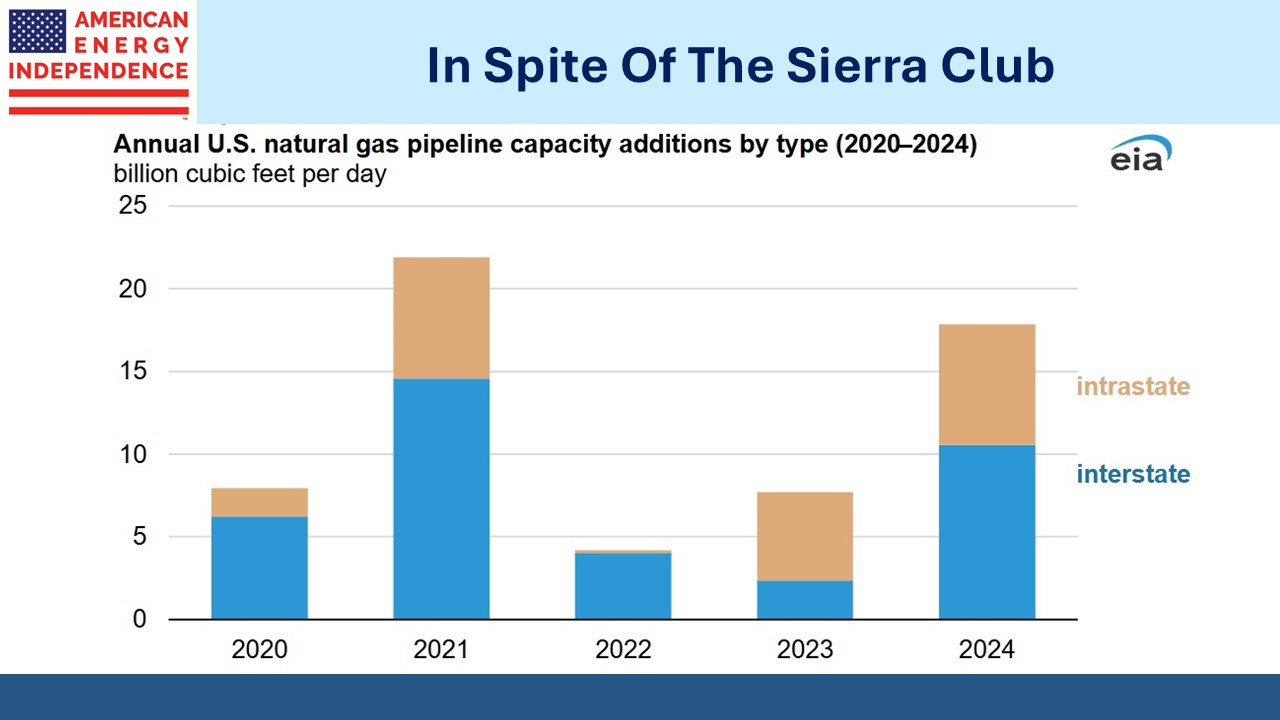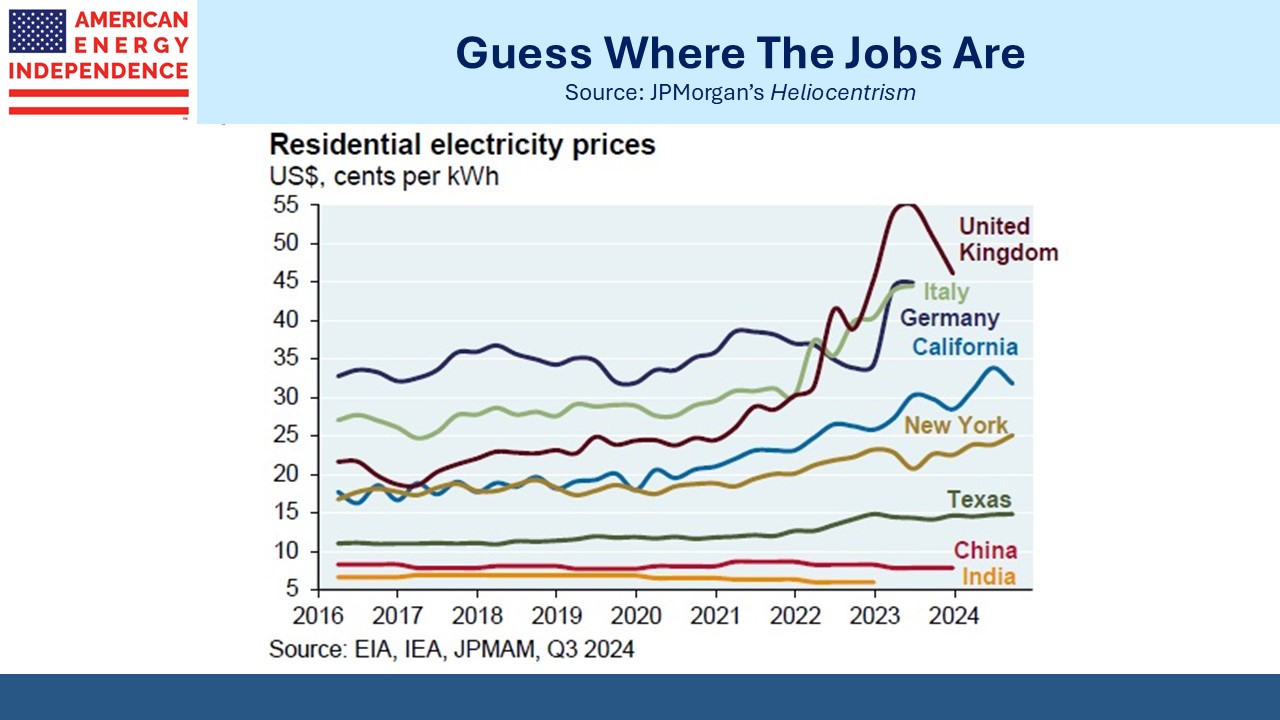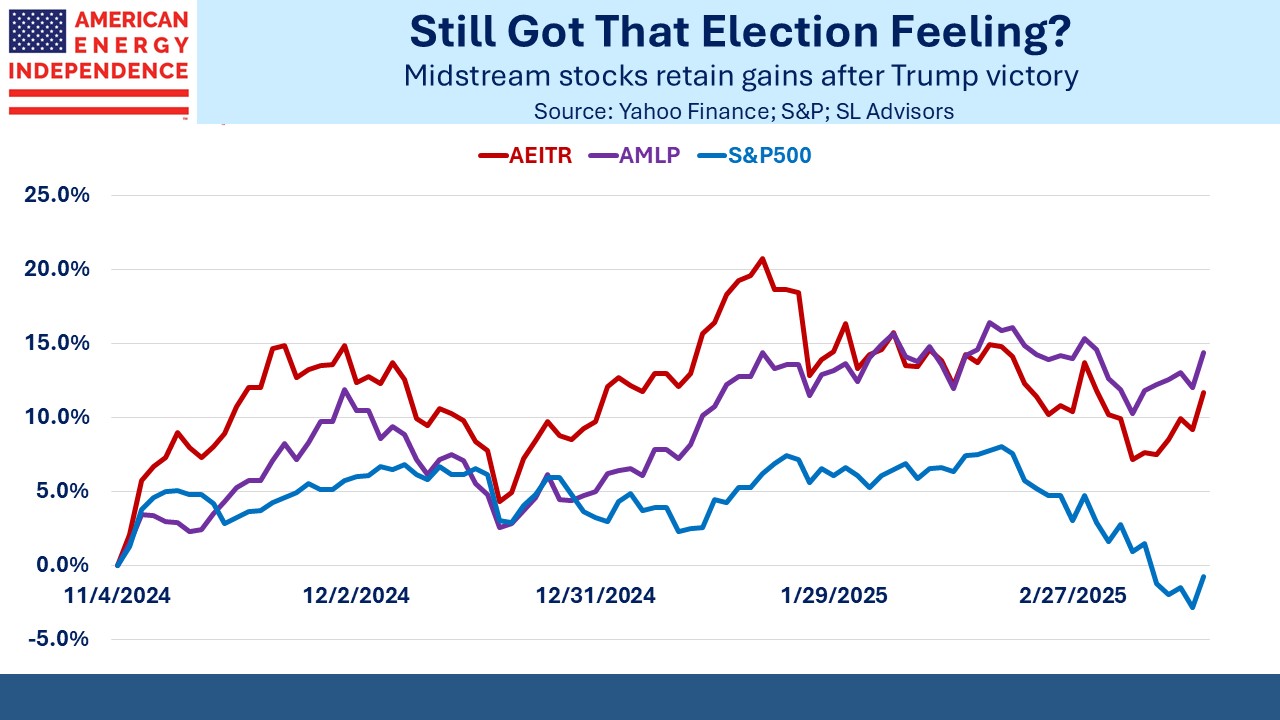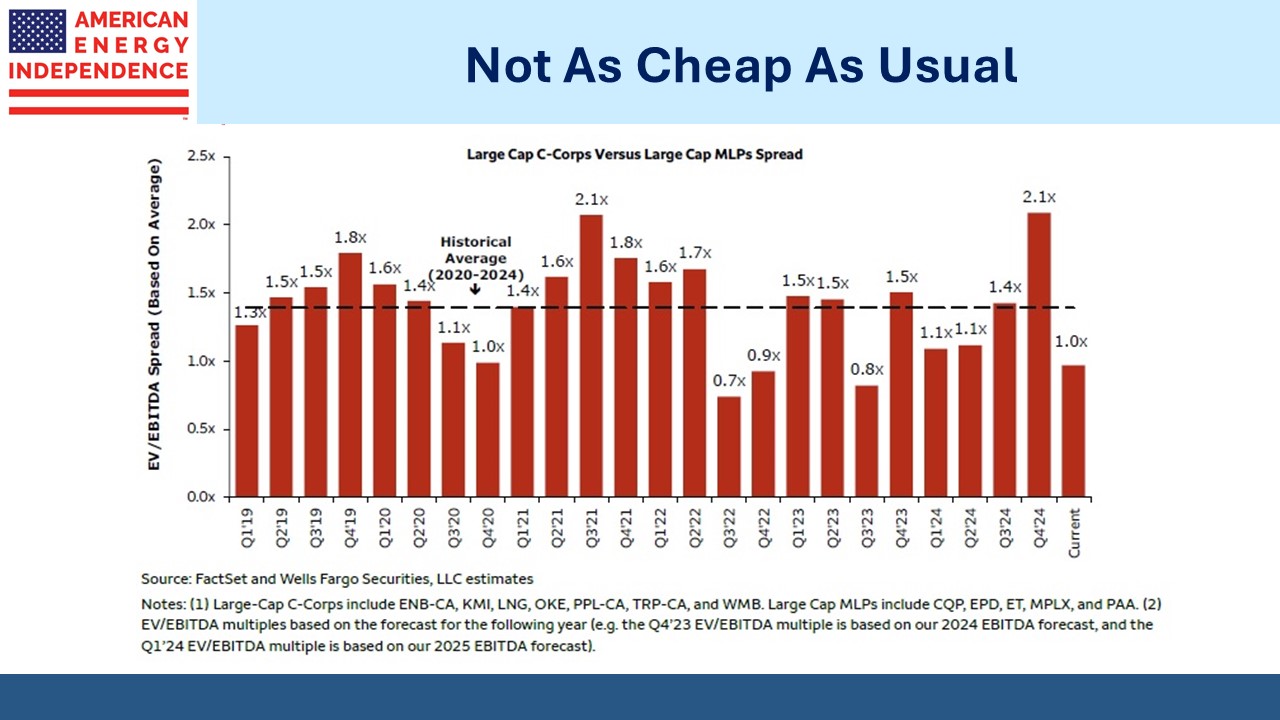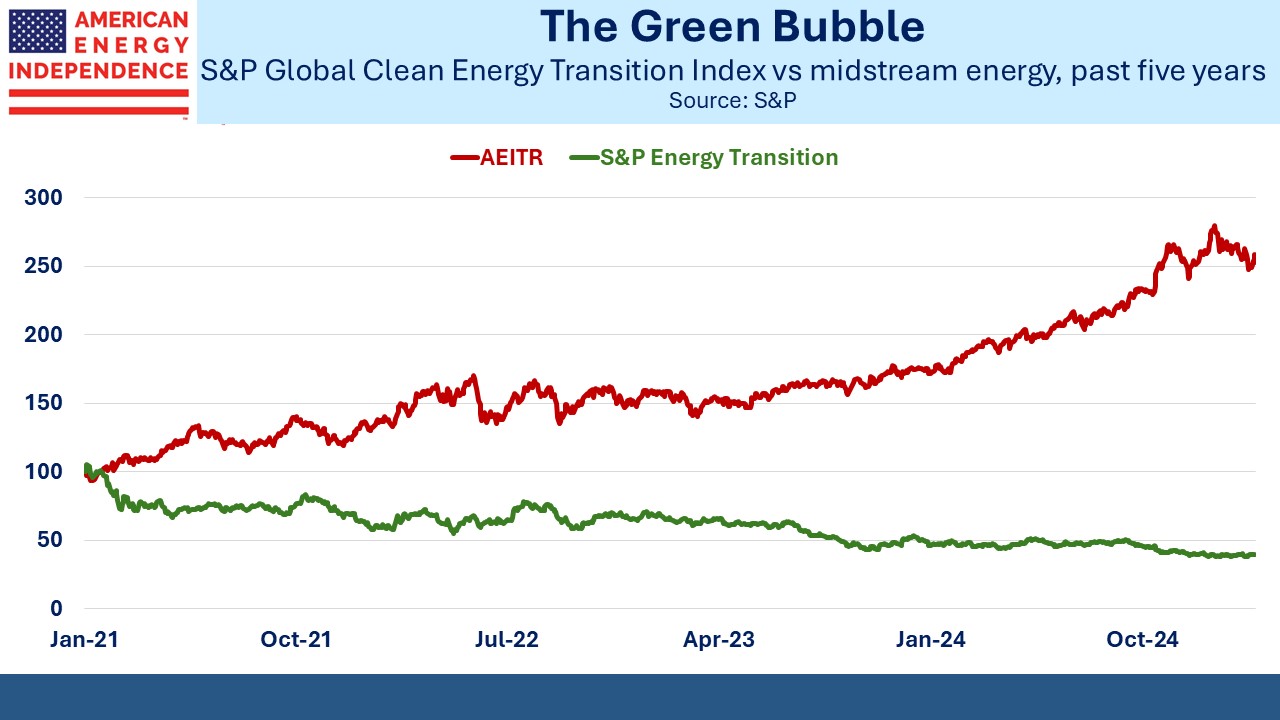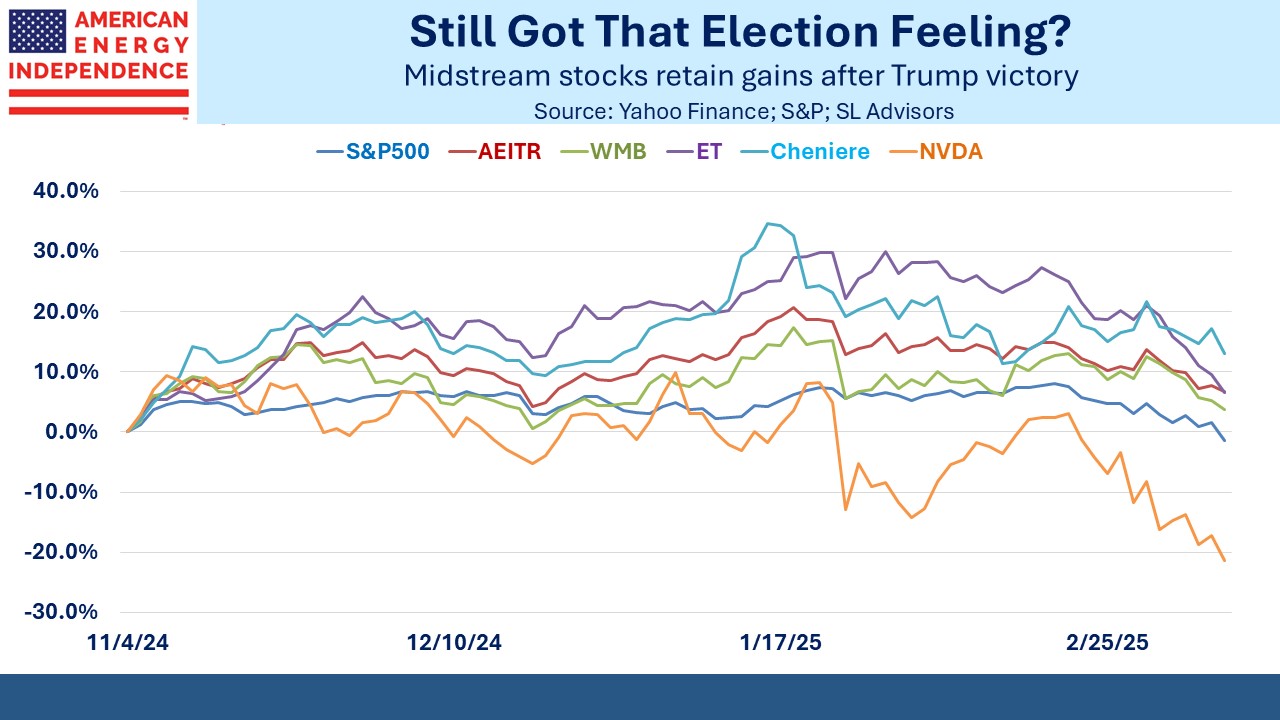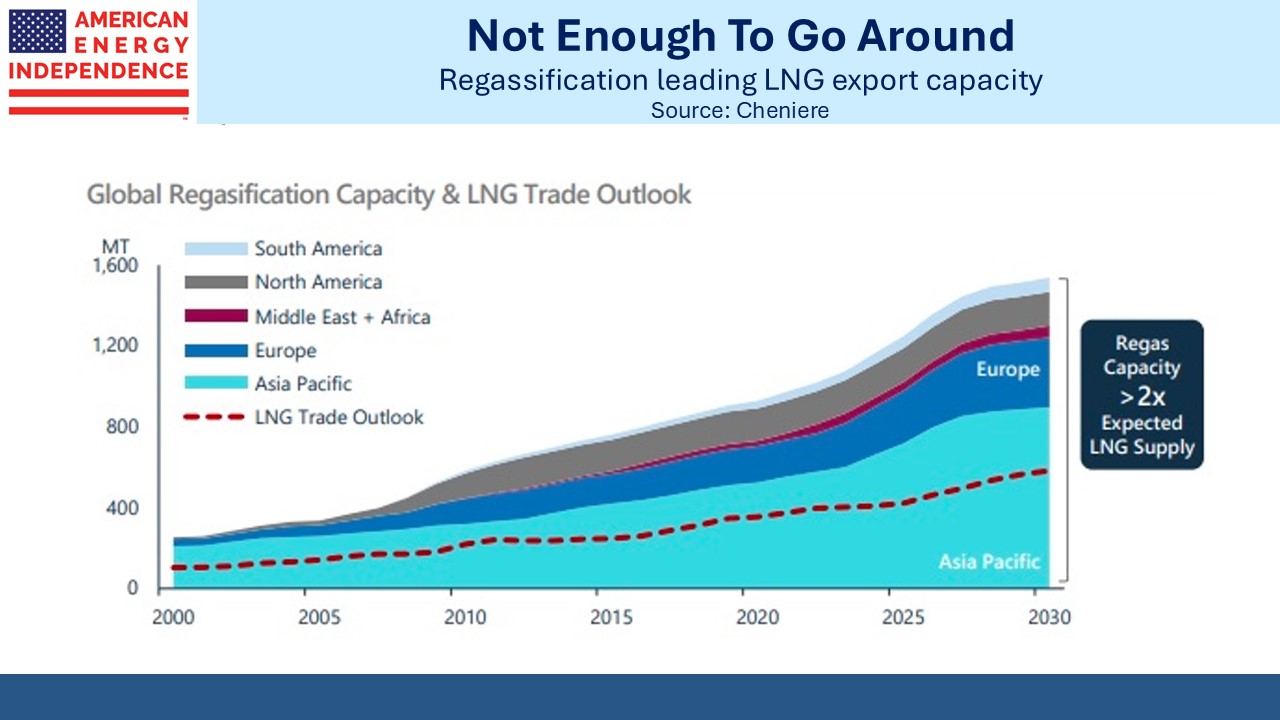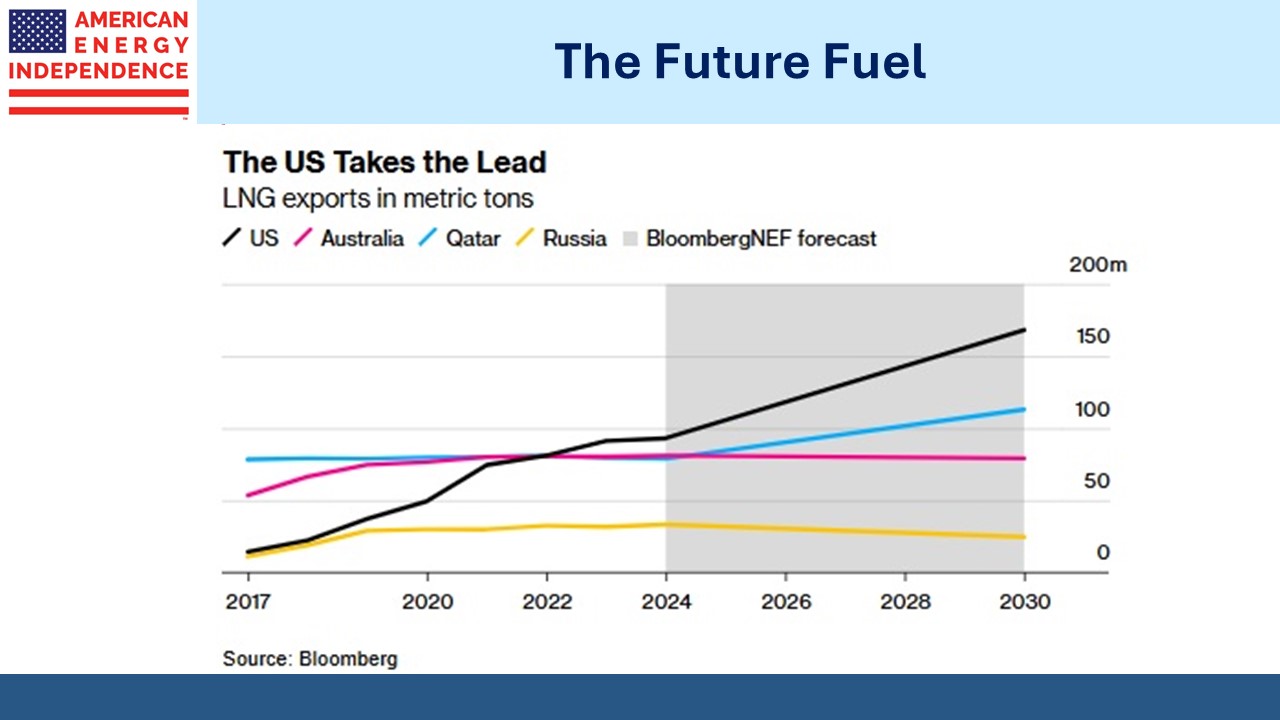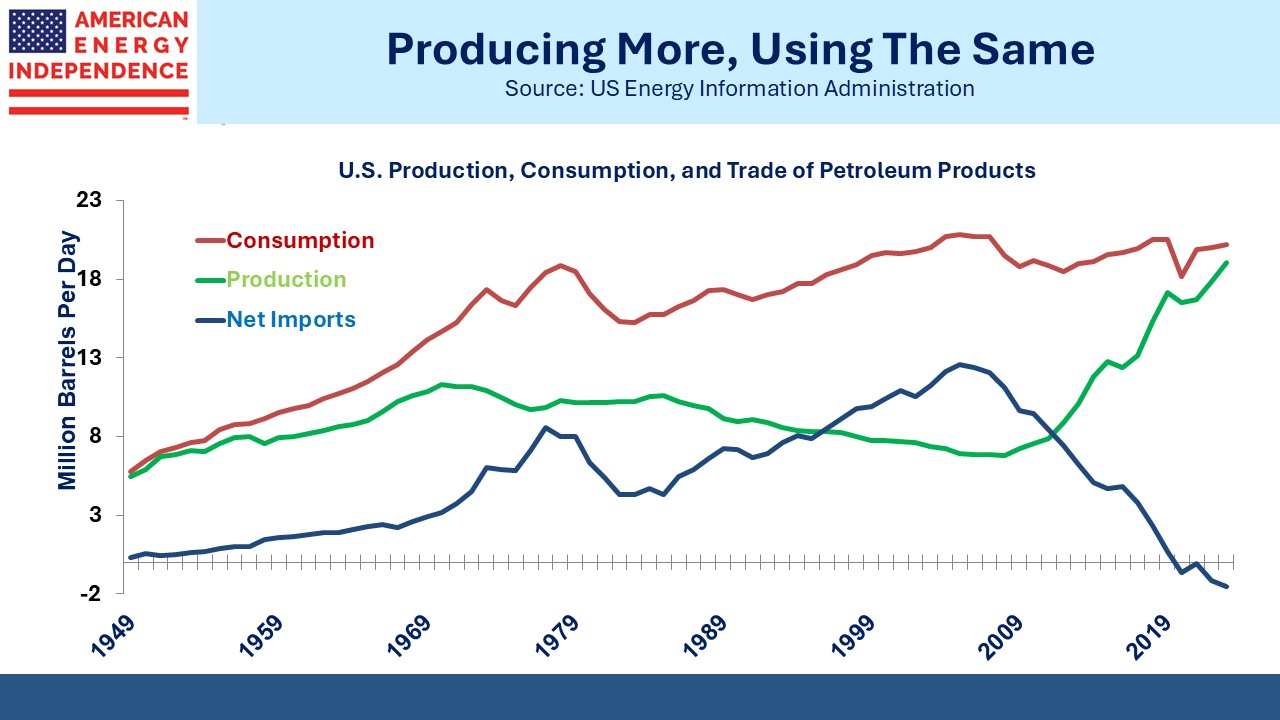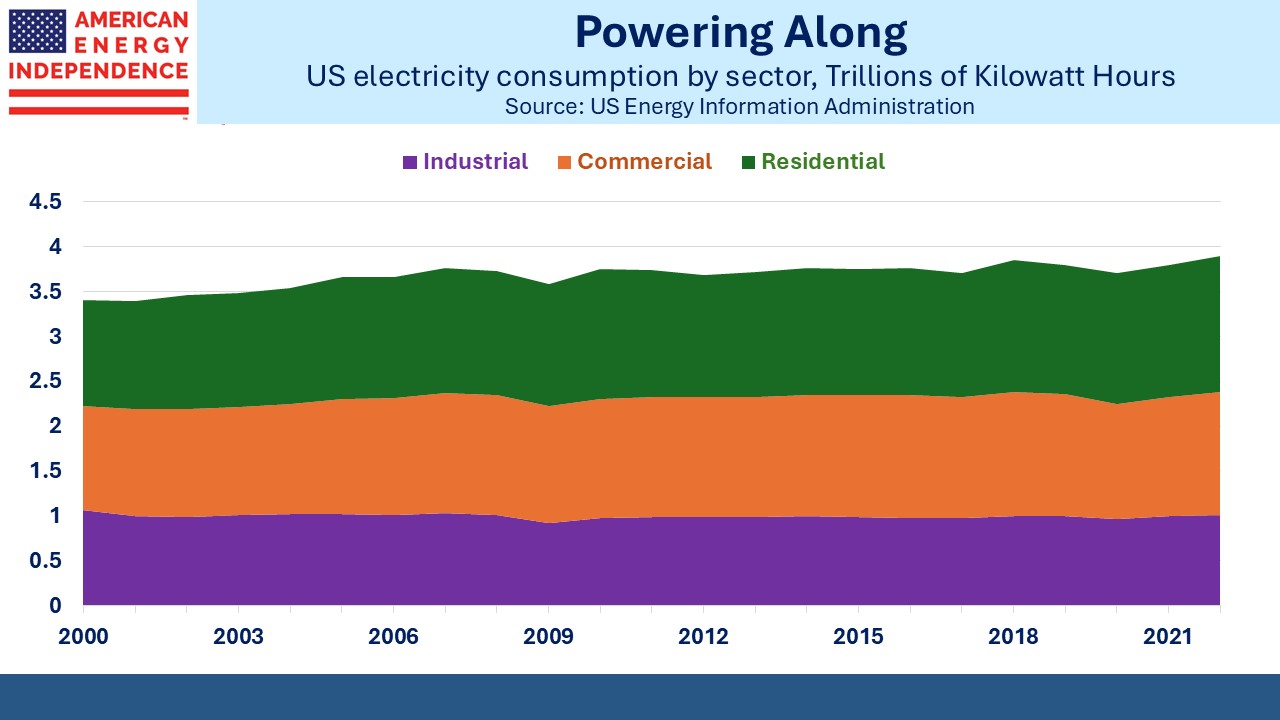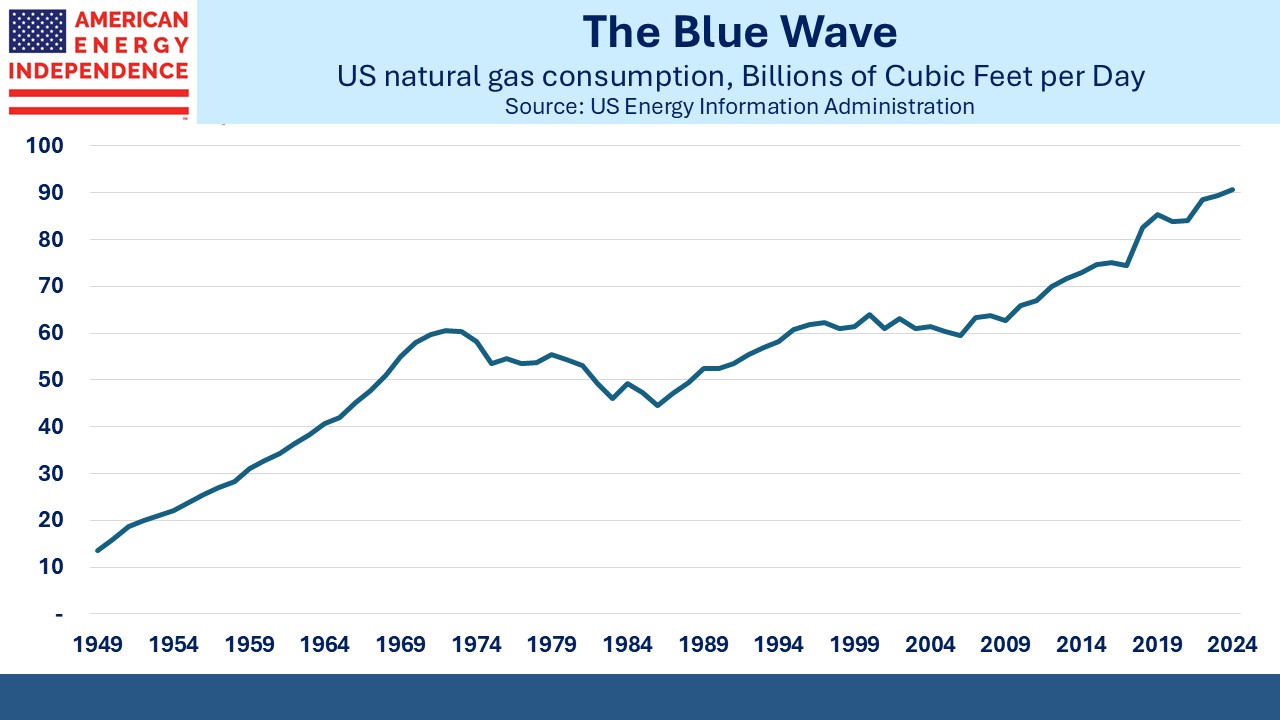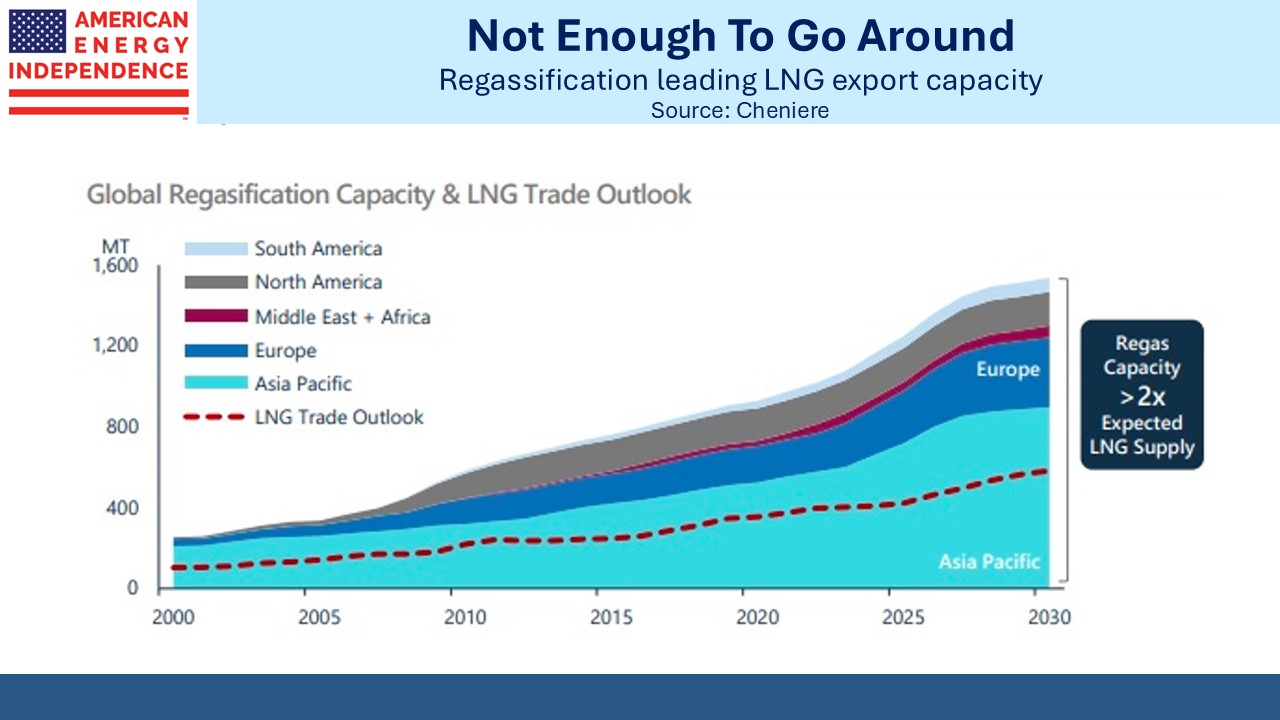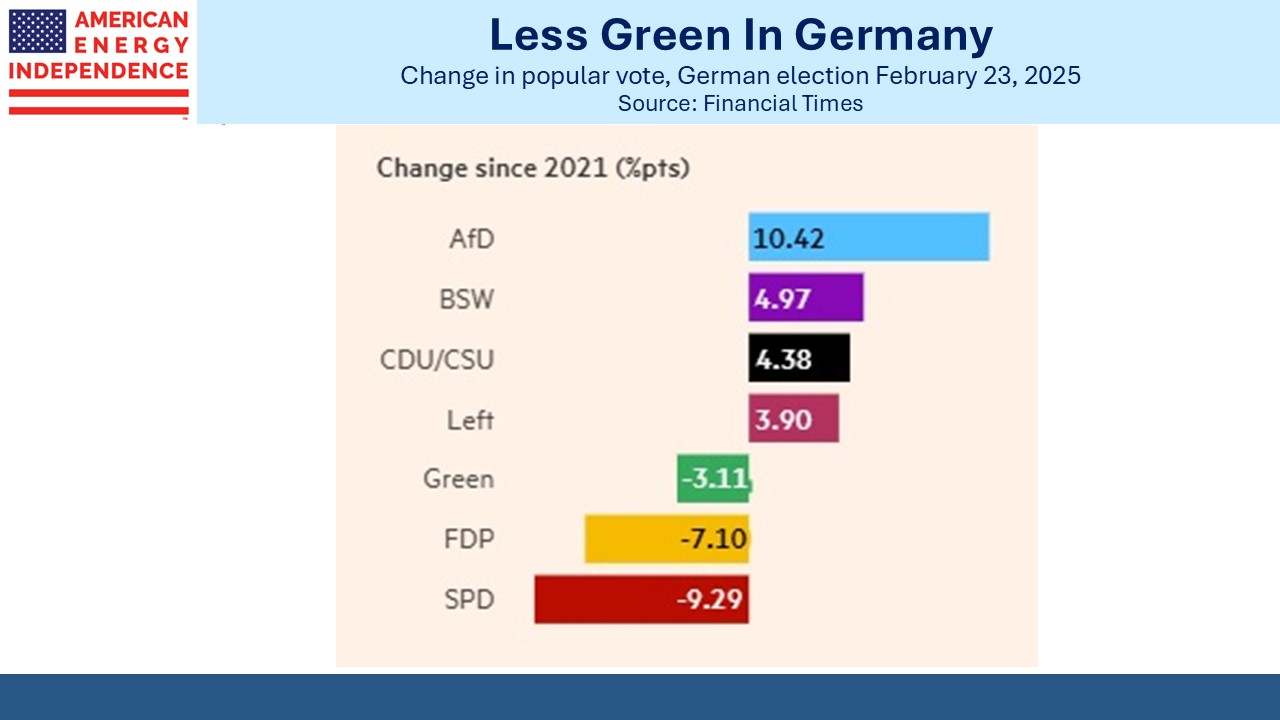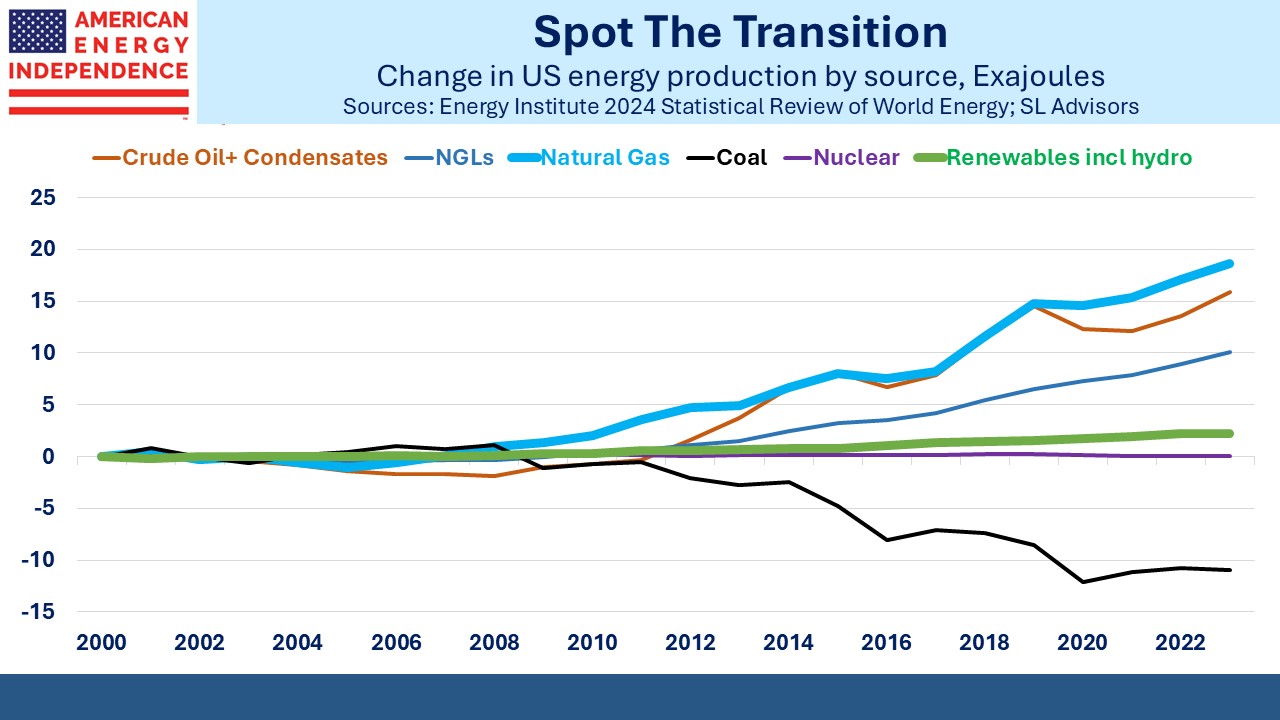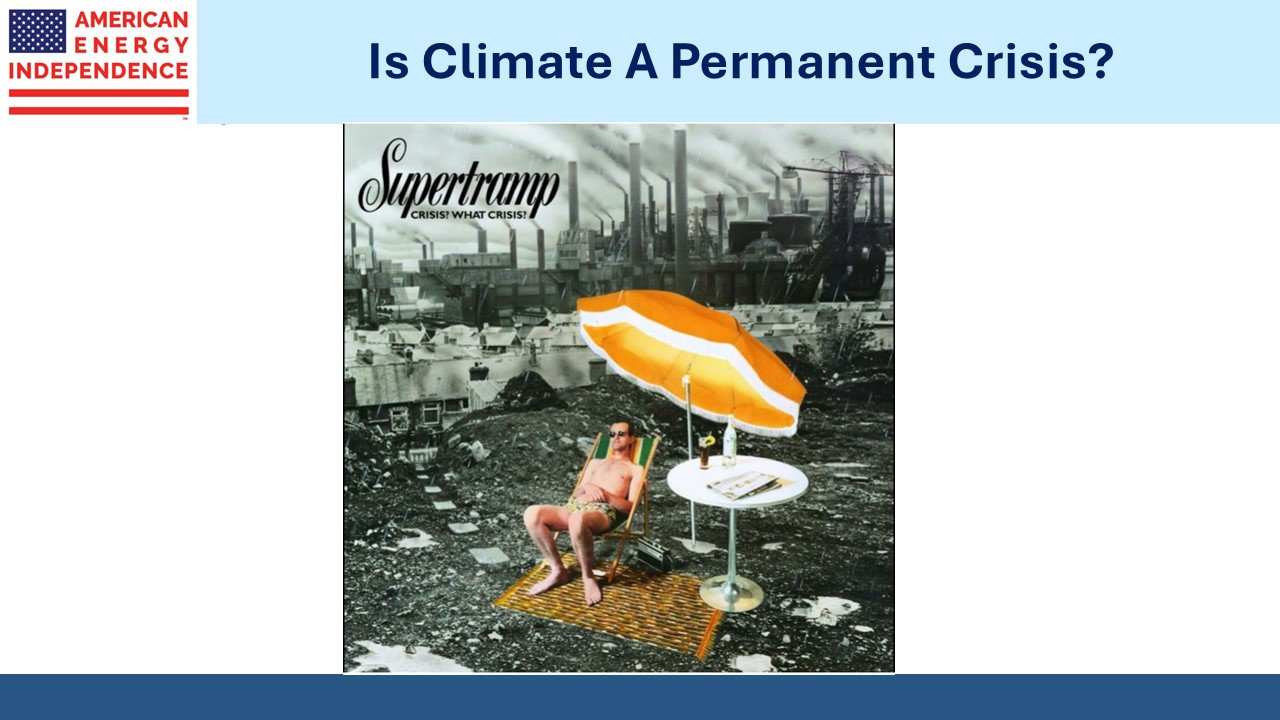ARK’s Cathie Wood: Getting Rich While Losing Money
Which is a more important measure of an investment manager’s skill – the return on the first dollar invested at inception, or the return on the average dollar?
Return since inception is widely used because it covers the longest period. If performance is reasonably consistent, both methods should tell the same story. That this is not the case is surprisingly common.
It was the motivation behind my 2011 book The Hedge Fund Mirage: The Illusion of Big Money and Why It’s Too Good to Be True in which I showed that the average hedge fund investor would have been better off owning treasury bills, even though the industry’s since inception return was good. Although hedge funds generated substantial profits, the 2 and 20 fee structure transferred most of those gains to managers.
The Hedge Fund Mirage received coverage in my favorite magazine, twice (see The Economist Once More Writes About The Hedge Fund Mirage). Since my writing aspires to be as good as theirs while inevitably falling short, I took this as the ultimate endorsement.
Several hedge fund managers told me they fully agreed with the revealed widespread mediocrity, while noting that it didn’t apply to their hedge fund. Hedge fund consultants, who make a living promoting them, were critical (see The Hedge Fund Lobbyists Fight Back). Thus was the gulf in IQ between the two groups confirmed.
The difference between the two measures of performance is explained by the fact that early hedge fund investors did well but weren’t that numerous. As new money flowed in and hedge funds went mainstream, profit opportunities became scarce under the weight of this additional capital. During the 2008 Great Financial Crisis I estimated hedge funds lost $500BN, wiping out all the profits they’d ever made. The promised delivery of absolute returns came up short.
It can be illuminating to apply this analysis elsewhere. Three years ago, I did this for a popular $15BN fund (see ARKK’s Investors Have In Aggregate Lost Money). Equity funds can lose money because of a weak market even if their stock picks are good, so some might say this is an unfair way to look at Cathie Wood’s ARK Innovation ETF (ARKK).
More recently, a team at Morningstar found that Cathie Wood’s firm ARK Invest tops the list of value-destroying fund families at $13.36BN over the past decade. The S&P500 returned 13.1% pa over the same period, a considerable tailwind. It seems Cathie Wood isn’t very good at picking stocks.
At this point a friend of mine who ran government bond trading at JPMorgan decades ago would helpfully say, “Simon, if you had her money, you’d burn yours.” Which is to say that the failure of her investors to avoid poor manager selection hasn’t impeded Ms Woods’ ability to become rich. Her net worth is estimated at over $250 million.
The fortunes of clients and their money manager have rarely diverged so spectacularly.
Inflows to the ARK Innovation ETF (ARKK) peaked in late 2020 following an annual performance of 152.8%. Since then, ARKK has lost over half its value.
Many of those 2020 investors are deeply underwater and are hanging on, waiting for a recovery. Inducing abject hope in your clients can be a powerful asset-retention strategy.
In other news, there are signs that opposition to reliable energy in New England might be softening. A recent conversation took place between NY governor Kathy Hochul and President Trump over the Constitution pipeline.
Intended to deliver natural gas from Pennsylvania to a hub near Albany for further distribution, Williams Companies finally threw in the towel in 2020 after four years of challenging the New York State Department of Environmental Conservation’s 2016 denial of a key water quality permit.
New York and its neighboring New England states have some of the country’s highest energy prices. This is because renewables are expensive, and they sometimes have to import liquefied natural gas. Democrats are worried that working class voters in poor Boston communities won’t prioritize climate change as highly as the college-educated progressives who drive policy.
Much needs to be agreed upon before the construction project can be resurrected. And WMB will worry that the pipeline won’t be fully utilized for its projected 30-40 year useful life if regional policy turns back against hydrocarbons.
But it was surprising that New York’s governor could have a productive conversation with Trump about any topic. Perhaps some pragmatism is intruding.
It also highlights the enduring appeal of natural gas. While US gasoline demand may have peaked in 2019 before the pandemic, natural gas consumption continues to grow along with exports. It’s why we often remind investors that the Natural Gas Transition is the only energy shift of any consequence in the US.
We have two have funds that seek to profit from this environment:
